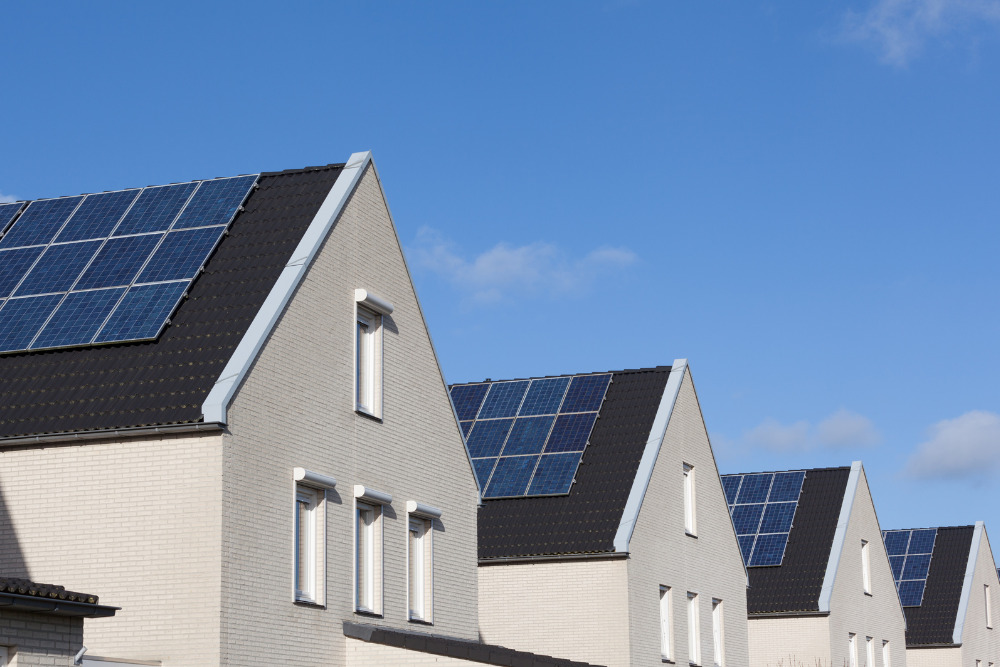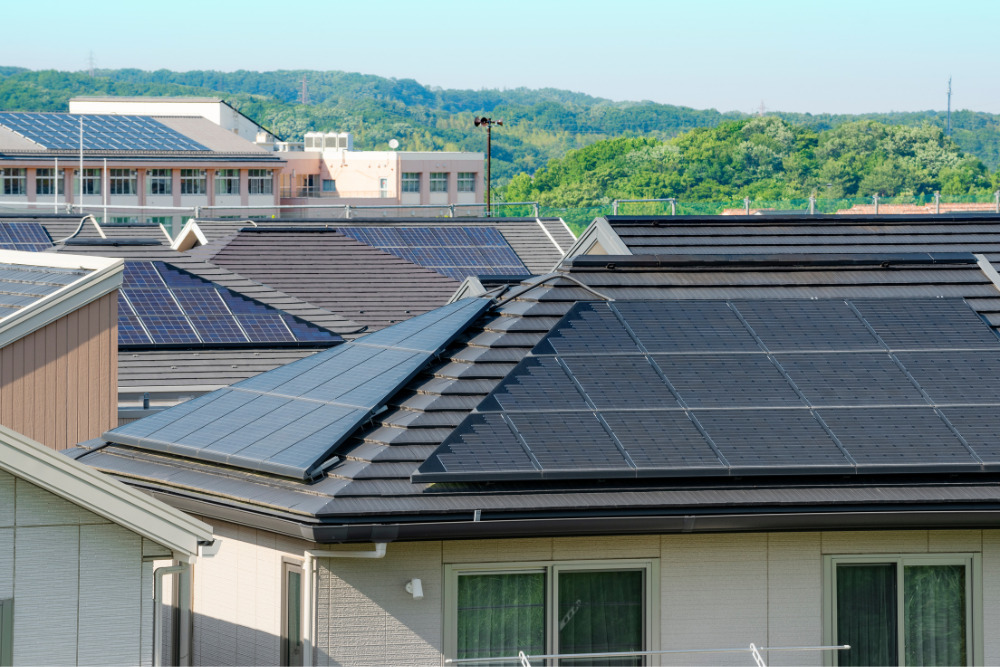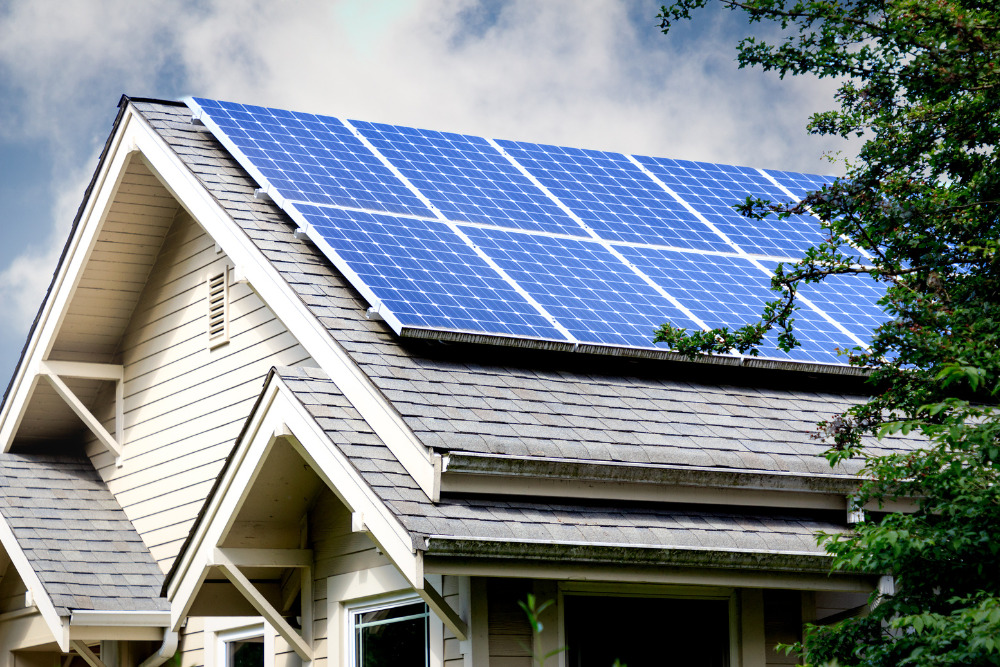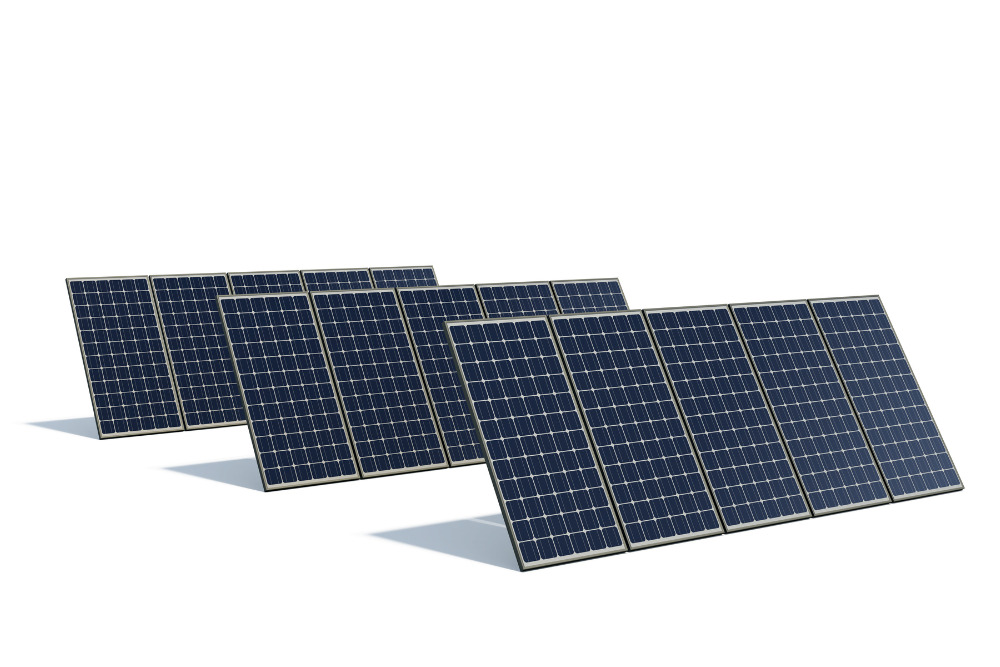
Polycrystalline and monocrystalline are the most common types of solar panels made from silicon. Learn what makes them different and which is better for your solar installation.
Although polycystalline and monocrystalline solar panels work the same in how their silicon cells capture the sun’s energy, they differ in efficiency, cost, and appearance. Here's everything you need to know about the technology and specifications behind these panels to help you choose the best for your solar power system.
Monocrystalline Solar Panels
As the name implies, monocrystalline solar cells are made from a single silicon crystal. The silicon, derived from quartz or silicon metal, is melted and formed into ingots, then sliced into thin silicon wafers that become the individual PV cells on a solar panel.
Appearance
Monocrystalline panels are black.They can have a white back sheet and silver frame, which gives them the distinctive solar panel “waffle” appearance. But these days, more consumers are opting for all-black panels. With a black back sheet and frame, the panels have a more uniform and sleek look.
The all black color panels are easier to accessorize with SolarSkin due to the unified dark look. With white back sheets, the waffle pattern can sometimes show through the SolarSkin overlay, especially with lighter designs.
Efficiency
Monocrystalline solar panels are more efficient than their polycrystalline counterparts. The single silicon crystal makes it easier for electrons to move, increasing power output.
The energy efficiency can reach up to 23% for high-quality panels, making them ideal for businesses or homeowners with high energy needs.
In addition, these panels have a lower temperature coefficient and function better under high temperatures, so they’re a better choice in hot climates.
Installation Space
Due to their high energy efficiency, monocrystalline panels require less space for installation. This is because you'll need fewer modules than when using polycrystalline panels.
Lifespan
Monocrystalline panels usually come with a 25-year warranty, but many will last up to 40 years. However, they need proper maintenance, such as pest control, regular cleaning, and inspections, to maintain their high efficiency.
Price
Generally, mono panels are more expensive. This is because the manufacturing process is more labor-intensive and produces more waste. Producing the pure silicon crystals is complex and requires careful control, making it more time-consuming.
Sustainability
Mono panels are more sustainable in the long run because they're more efficient and durable. Meaning, you'll use fewer panels over a longer period.
However, their production involves a lot of silicon waste so they are not the most eco-friendly choice.

Polycrystalline Solar Panels
Polycrystalline panels, also known as multi-crystalline, are made from multiple silicon fragments. The manufacturing process involves melting the silicon crystals and pouring them into molds. The molds are then cut into polycrystalline solar cells or wafers.
Appearance
These panels have a characteristic blue hue. Most have a white back sheet and silver frame, giving them a distinctive waffle appearance.
Due to the use of fragmented silicon crystals and white back sheets, these panels lack the homogeneous look of the all-black monocrystalline panels. Therefore, the blue color and waffle pattern of poly panels are more difficult to conceal with SolarSkin.
Efficiency
Polycrystalline panels are less efficient than mono panels. This is because the multiple silicon crystals create less room for electrons to move, producing less solar energy.
Their efficiency rating goes up to 18%, making them ideal for lower energy needs or a cost-effective option for high energy needs where there is plenty of installation space available.
Poly solar panels have a higher temperature coefficient and lose efficiency in high temperatures, so they’re better suited to temperate climates.
Installation Space
Their lower efficiency means you'll need more poly panels to produce the same amount of energy as mono panels. Therefore, they require a larger installation space. If you have a large roof or are planning a ground-mounted installation, polycrystalline may be a more affordable option.
Lifespan
Generally, polycrystalline panels' lifespan is more or less the same as monocrystalline solar PV panels. Expect poly panels to last their expected 25 year lifespan, but they’ll rarely approach 40 years, even with proper maintenance.
Price
Polycrystalline panels are less expensive than monocrystalline. Their production process requires less time and raw materials and produces less waste. Since the process uses silicon fragments, sometimes the waste from the production of monocrystalline panels can be used by manufacturers that produce both solar panel types.
Poly panels are the best if you want a cheaper initial investment. However, the lower cost of the panels may be negated by the installation costs, considering you'll need more panels, components, and mounting hardware.
Sustainability
Polycrystalline panels involve little or no waste during their manufacturing, making them more sustainable and eco-friendly in this respect. However, they are less efficient and don’t last as long, so you will need more of them and may need to replace them sooner.

Which Is Better, Monocrystalline Or Polycrystalline Panels?
Deciding between monocrystalline and polycrystalline depends on your overall needs and personal preferences. Here are things to remember to help you choose the best solar panels:
- Budget: If you want a more affordable solar panel system, polycrystalline will probably be your better option.
- Space: Go for polycrystalline panels if you have a large ground or roof space for your solar panel installation. However, if your space is minimal, mono solar panels are your best choice since they have higher efficiency and require fewer panels.
- Aesthetics: Monocrystalline are more aesthetically pleasing since they have a more unified look. More so, the all-black type is not only perfect for most roofs but is also easier to customize with overlay technology.
It’s always a good idea to consult with multiple solar companies to get their professional recommendations for your space, budget, and energy needs.

What About Thin-Film Solar Panels?
A third type of panel, thin-film (or flexible solar panels) are another way to generate renewable energy and are ideal for oddly shaped spaces. While crystalline silicon panels come in standard sizes, thin-film solar panels can be completely customized to fit any space. They’re also ultra lightweight, making them perfect for solar on-the-go (RVs, boats, and hybrid EV freight trucks).
The downside is that they’re less efficient, usually around 10-15%, so you’ll need a lot more panels to generate the same amount of electricity as their crystalline silicon counterparts.


